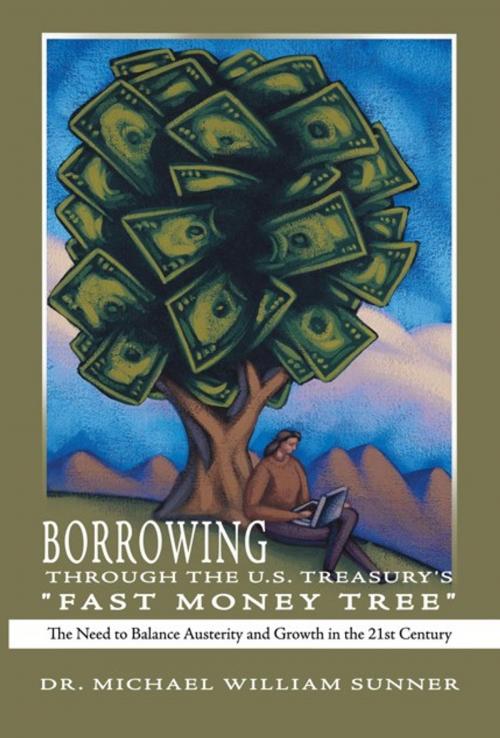Borrowing Through the U.S. Treasury's "Fast Money Tree"
The Need to Balance Austerity and Growth in the 21St Century
Business & Finance, Finance & Investing, Finance| Author: | Dr. Michael William Sunner | ISBN: | 9781477217252 |
| Publisher: | AuthorHouse | Publication: | July 27, 2012 |
| Imprint: | AuthorHouse | Language: | English |
| Author: | Dr. Michael William Sunner |
| ISBN: | 9781477217252 |
| Publisher: | AuthorHouse |
| Publication: | July 27, 2012 |
| Imprint: | AuthorHouse |
| Language: | English |
The continuing U.S. Governments debt ceiling crisis is an anomaly characterized by a dysfunctional Congress that previously approved the budgetary expenditures for a multitude of government programs that now requires that same body to approve raising the ceiling to pay for those same program expenditures. The U.S. Treasury then dutifully raises the necessary cash to pay these bills and maturing debt through selling (auctioning) an ample supply of various marketable debt securities (bills, notes, bonds and TIPS) through Treasurys Fast Money Tree. Treasury's goal is to sell or auction its securities at the lowest possible cost to the taxpayer in order to finance the U.S. government's operations and make up the difference between government revenues (taxes, fees, etc.), and the actual program costs. To accomplish this essential mission, Treasury sells (through approximately 280-300 auctions each year) approximately $7 to $8 trillion in marketable debt in the global financial markets to 21 Primary Dealers and over 200 other entities that include foreign central banks and hundreds of thousands of retail investors through a remarkably fast, efficient, and robust electronic system - the Treasury Automated Auction System ("TAAPS"), which I refer to as the Fast Money Tree. Simply put, Republicans want to decrease government borrowing and spending without raising taxes to stimulate economic growth, and Democrats want to also decrease government borrowing and spending, while increasing revenues (e.g., taxes on the very wealthy and ensuring that everyone pay their fair share of taxes. This book also argues for a sensible balance between spending cuts and increased revenues in order to promote economic growth. In any case, the Fast Money Tree must persist in carrying out its essential mission to raise the cash needed so the U.S. Governments essential government operations can continue unabated.
The continuing U.S. Governments debt ceiling crisis is an anomaly characterized by a dysfunctional Congress that previously approved the budgetary expenditures for a multitude of government programs that now requires that same body to approve raising the ceiling to pay for those same program expenditures. The U.S. Treasury then dutifully raises the necessary cash to pay these bills and maturing debt through selling (auctioning) an ample supply of various marketable debt securities (bills, notes, bonds and TIPS) through Treasurys Fast Money Tree. Treasury's goal is to sell or auction its securities at the lowest possible cost to the taxpayer in order to finance the U.S. government's operations and make up the difference between government revenues (taxes, fees, etc.), and the actual program costs. To accomplish this essential mission, Treasury sells (through approximately 280-300 auctions each year) approximately $7 to $8 trillion in marketable debt in the global financial markets to 21 Primary Dealers and over 200 other entities that include foreign central banks and hundreds of thousands of retail investors through a remarkably fast, efficient, and robust electronic system - the Treasury Automated Auction System ("TAAPS"), which I refer to as the Fast Money Tree. Simply put, Republicans want to decrease government borrowing and spending without raising taxes to stimulate economic growth, and Democrats want to also decrease government borrowing and spending, while increasing revenues (e.g., taxes on the very wealthy and ensuring that everyone pay their fair share of taxes. This book also argues for a sensible balance between spending cuts and increased revenues in order to promote economic growth. In any case, the Fast Money Tree must persist in carrying out its essential mission to raise the cash needed so the U.S. Governments essential government operations can continue unabated.















